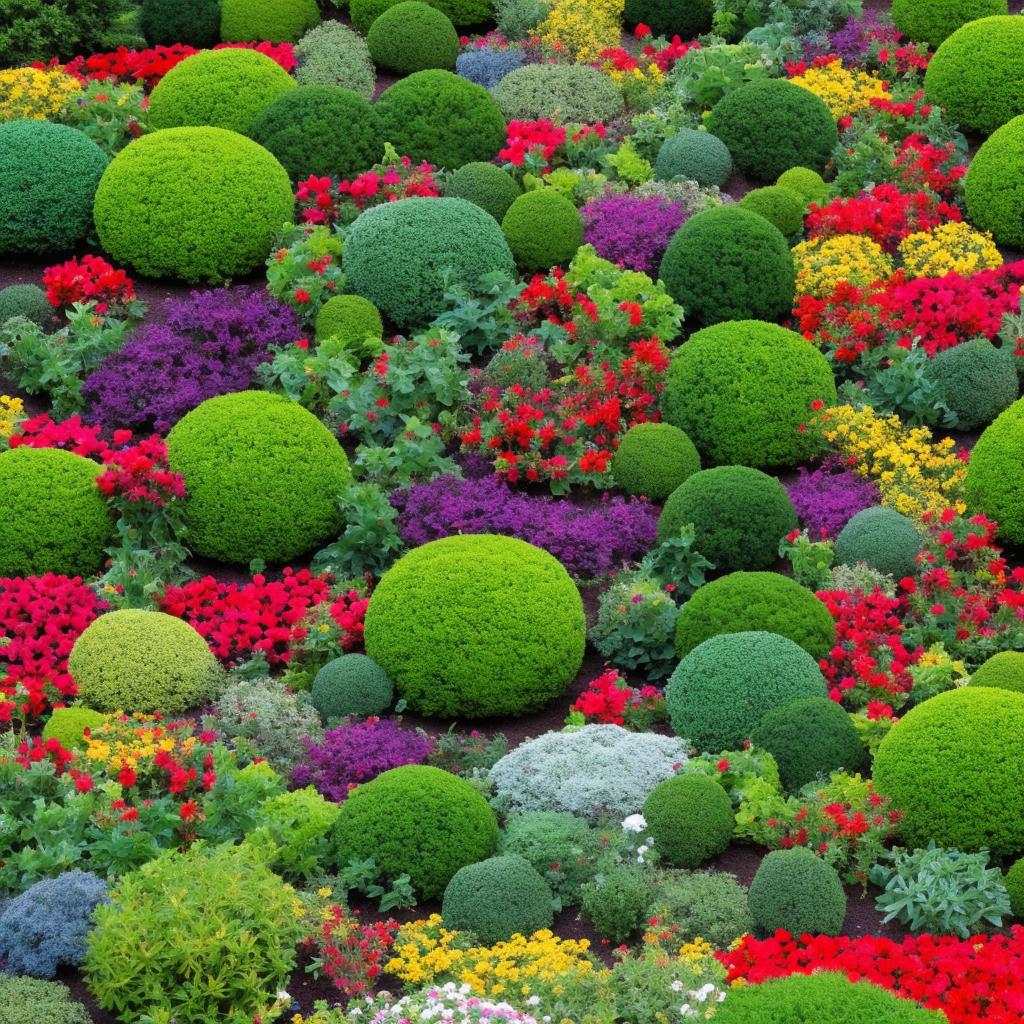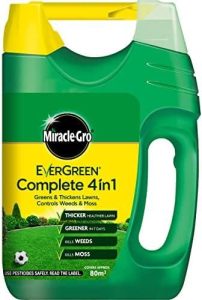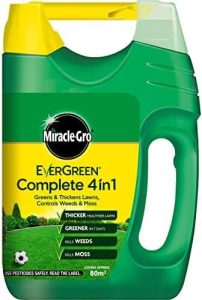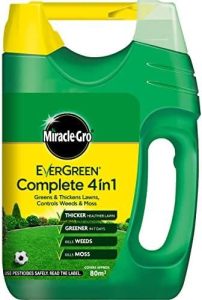Imagine walking through a lush and vibrant garden, filled not only with ornamental flowers and shrubs, but also with rows of fresh herbs, fruits, and vegetables. This enchanting concept, known as edible landscaping, is a growing trend that allows homeowners to transform their yards into productive and beautiful spaces that provide both food and aesthetic pleasure. In this article, we will explore the various benefits and techniques of integrating food plants into your landscaping, and how you can create your very own edible oasis right in your own backyard.
Choosing the Right Food Plants for Your Climate
When it comes to integrating food plants into your yard, it’s crucial to choose the right ones for your specific climate. The key to successful edible landscaping is selecting plants that are well-suited to thrive in the conditions of your local area. By carefully considering the climate in which you live, you can create a food garden that will flourish and provide you with a bountiful harvest.
Some factors to consider when choosing food plants for your climate include temperature ranges, average rainfall levels, and soil types. Researching which plants are native to your region can also be helpful, as these species are already adapted to the local climate and soil conditions. Additionally, selecting a variety of plants with different growing requirements can help ensure that you have a diverse and abundant harvest throughout the year. Remember to consider factors such as sun exposure, water requirements, and frost tolerance when selecting food plants for your yard.
Designing Your Edible Landscape Layout
When it comes to , the possibilities are endless. Incorporating food plants into your yard not only adds beauty but also serves a practical purpose. Here are some tips to help you create a functional and aesthetically pleasing edible landscape:
- Start with a Plan: Consider the layout of your yard and where you would like to plant your food crops. Think about sun exposure, water sources, and accessibility.
- Choose a Variety of Plants: Incorporate a mix of fruits, vegetables, and herbs into your landscaping to create a diverse and sustainable garden.
- Utilize Vertical Space: Make use of trellises, arbors, and vertical planters to maximize space and grow climbing plants like tomatoes and beans.
- Integrate Edibles with Ornamentals: Blend food plants with flowers, shrubs, and trees to create a visually appealing and functional landscape.
Maximizing Productivity and Aesthetics with Companion Planting
When it comes to creating a beautiful and productive garden, integrating food plants into your yard is a fantastic way to maximize both productivity and aesthetics. Companion planting is a gardening technique that involves planting different types of plants together in a way that benefits each other. By strategically placing food plants alongside each other, you can create a visually stunning landscape while also boosting the overall health and productivity of your garden.
There are endless possibilities when it comes to edible landscaping, from mixing herbs with flowers to planting vegetables alongside ornamental shrubs. Not only does this approach make your garden more visually appealing, but it also helps to deter pests, attract beneficial insects, and improve overall soil health. By incorporating companion planting techniques into your landscaping design, you can create a vibrant and productive oasis right in your own backyard.
Harvesting and Maintaining Your Edible Yard
When it comes to harvesting and maintaining your edible yard, it’s important to stay on top of tasks to ensure a bountiful harvest and a thriving landscape. Regularly harvest your fruits, vegetables, and herbs when they are ripe to encourage more growth and prevent plants from becoming overgrown. This will also prevent your yard from looking unkempt and messy.
Another important aspect of maintaining your edible yard is to regularly water, fertilize, and prune your plants. Just like any other garden, food plants need care and attention to thrive. Keep an eye out for pests and diseases, and address them promptly to prevent them from spreading. By staying proactive and taking good care of your edible plants, you can enjoy a beautiful and productive yard all year round.
In Retrospect
As you take a stroll through your garden, envisioning a lush landscape dotted with fruits, vegetables, and herbs, the concept of edible landscaping begins to take shape. By blending beauty and functionality, you can transform your yard into a bountiful oasis that nourishes both the body and soul. Whether you’re a seasoned gardener or a budding green thumb, the possibilities are endless when it comes to integrating food plants into your outdoor space. So go ahead, plant that apple tree next to your rose bushes, tuck some lettuce in among your flowers, and watch as your garden flourishes in a symphony of color and flavor. Embrace the edible landscaping movement and reap the rewards of a truly sustainable and delicious garden.




